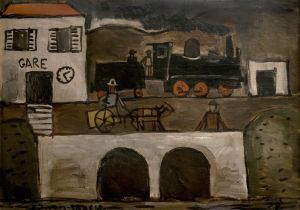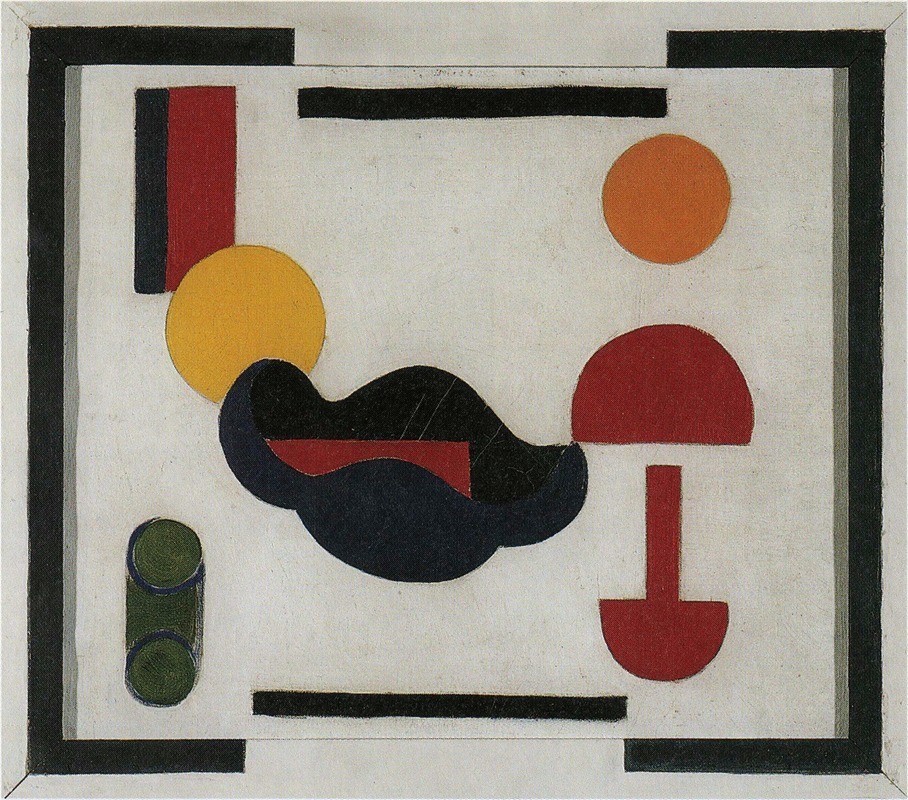
Still Life
A hand-painted replica of Theo van Doesburg’s masterpiece Still Life, meticulously crafted by professional artists to capture the true essence of the original. Each piece is created with museum-quality canvas and rare mineral pigments, carefully painted by experienced artists with delicate brushstrokes and rich, layered colors to perfectly recreate the texture of the original artwork. Unlike machine-printed reproductions, this hand-painted version brings the painting to life, infused with the artist’s emotions and skill in every stroke. Whether for personal collection or home decoration, it instantly elevates the artistic atmosphere of any space.
Theo van Doesburg, a prominent Dutch artist and a key figure in the De Stijl movement, created "Still Life" in 1916. This painting is an early example of van Doesburg's exploration of abstraction, which would later define much of his artistic career. At this stage, his work was still influenced by traditional representational art, though it also showed signs of his growing interest in geometric forms and simplified compositions.
"Still Life" depicts a tabletop arrangement of everyday objects, such as bottles, glasses, and possibly a fruit bowl. The composition reflects van Doesburg's interest in structure and order, with the objects carefully arranged to create a sense of balance. The painting employs a muted color palette dominated by earthy tones, including browns, grays, and whites, which contribute to its subdued and contemplative atmosphere.
This work demonstrates van Doesburg's transition from naturalistic representation to a more abstract style. While the objects in "Still Life" are still recognizable, their forms are simplified, and the emphasis is placed on the relationships between shapes and spaces. This approach foreshadows van Doesburg's later involvement in De Stijl, a movement he co-founded in 1917 alongside Piet Mondrian and others. De Stijl emphasized abstraction, geometric forms, and the use of primary colors, aiming to create a universal visual language.
"Still Life" is significant within van Doesburg's oeuvre as it marks a pivotal moment in his artistic development. It reflects his engagement with Cubism, which he encountered through the works of artists like Pablo Picasso and Georges Braque. The influence of Cubism is evident in the fragmented and flattened depiction of objects, as well as in the focus on the underlying structure of the composition.
Today, "Still Life" is recognized as an important work that provides insight into van Doesburg's early artistic influences and his journey toward abstraction. It serves as a bridge between his representational beginnings and his later, more radical contributions to modern art. The painting is held in the collection of the Kröller-Müller Museum in Otterlo, Netherlands, which houses a significant number of works by van Doesburg and other members of the De Stijl movement.





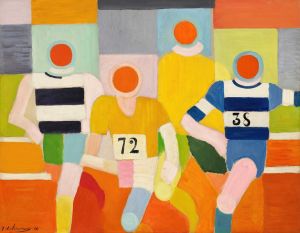
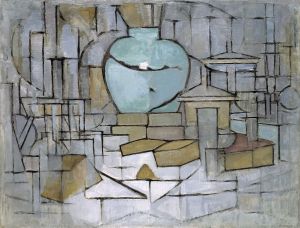
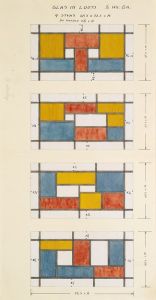
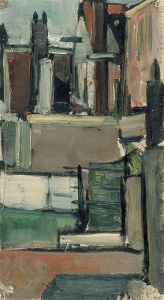
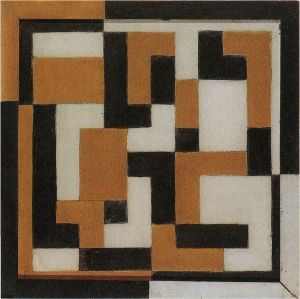
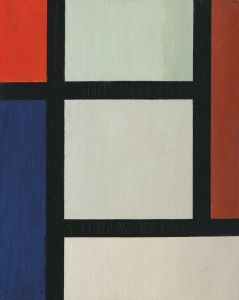
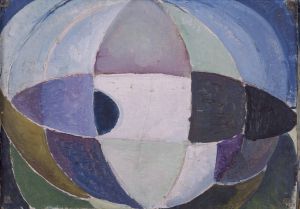
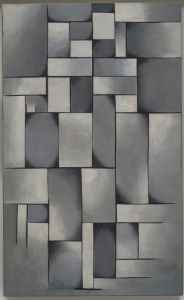
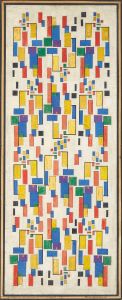
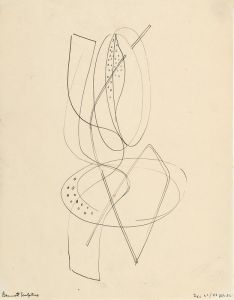
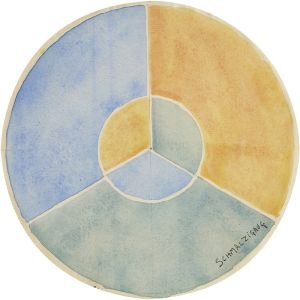
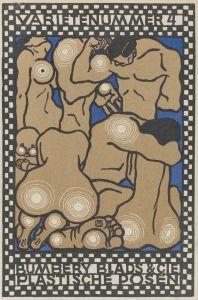
![Miscellaneous small sketches for inlaid table tops.] [Design with orange and yellow geometric motif](/imgs/249438/s/winold-reiss-miscellaneous-small-sketches-for-inlaid-table-tops-design-with-orange-and-yellow-geometric-motif-9009d68a.jpg)
